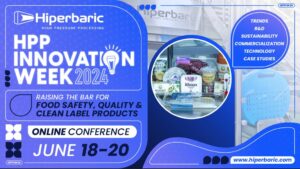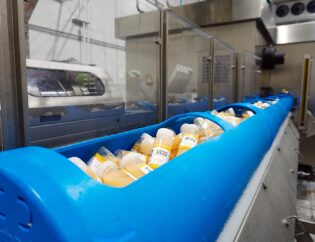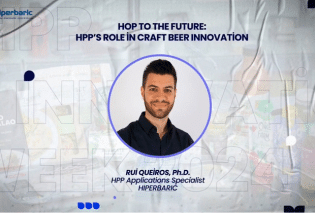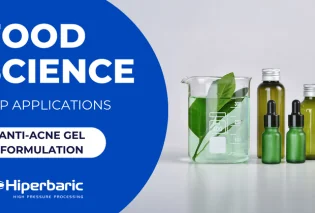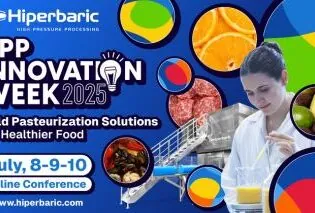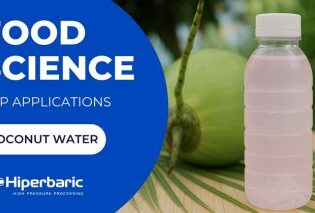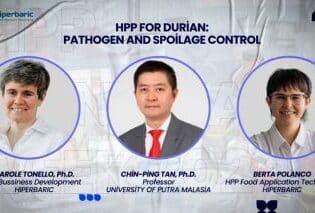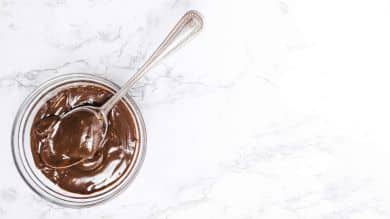
High Pressure Processing (HPP) is a promising alternative to traditional food additives, enhancing texture and stability by altering the structure of macromolecules like proteins and polysaccharides. This could potentially eliminate the need for additives. Current research is focused on using HPP to create innovative products with unique textures, such as purees and desserts. HPP can enhance the mouthfeel of purees, replace texturizing agents, and maintain safety and shelf-life. It also facilitates the creation of unique desserts with the desired consistency and texture. However, despite the structural changes induced by HPP, it does not significantly impact the nutritional content of foods.
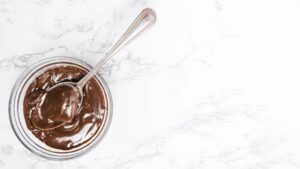
Foods frequently incorporate stabilizers, thickeners, and gelling agents to enhance texture, stability, and taste. These additives are predominantly proteins or polysaccharides, serving as functional ingredients to modify food structure. Their unique gel-forming ability significantly influences the structure and texture of our food. However, it’s important to understand that these additives may need to be used in large quantities to achieve their intended effects. Also, heat is often necessary for their effectiveness. Achieving the desired results with these additives isn’t as simple as just adding them; it usually involves precise measurement and specific preparation methods. This complexity underscores the potential benefits of simpler alternatives.
A tool to tailor food structure
High Pressure Processing (HPP) is primarily used to maintain the safety and shelf-life of perishable foods, while also preserving the nutritional content and sensory characteristics. However, ongoing studies have highlighted its remarkable capacity to alter the structure of macromolecules. This includes processes like protein denaturation and starch gelatinization. By inducing changes in the structure of proteins and the gelation process of polysaccharides, the use of pressure minimizes or even eliminates the need for additives like thickeners that are typically employed to obtain specific textures. Thus, pressure can be a powerful tool in achieving desired textural properties in food products without the need for additional substances. Still, it is important to emphasize that HPP does not significantly affect the nutritional content of foods.
Current research on new product development
Currently, research is focusing on using HPP to create innovative products with specific structures. These applications include the development of purees with unique textures, the production of plant-based yogurts, and the creation of new types of desserts.
Texturized purees
The enhancement of texture through HPP could improve the mouthfeel of purees, making them more appealing to consumers. A study conducted in 2019 investigated the use of pressure in creating a mango puree enriched with protein, which contained 2 – 8% of whey protein. It was found that pressure increased the viscosity of the protein-enriched puree. This resulted in a product with an improved mouthfeel, as shown in Figure 1. However, it’s important to note that an increase in protein concentration corresponded with a decrease in flavor score (regardless of the use of pressure). Therefore, pressure can be used as a tool to achieve a desirable mouthfeel requiring less added protein, thereby minimizing the adverse impact that added protein has on taste.
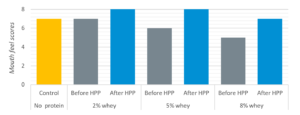
Figure 1 – Results from the sensory evaluation (mouth feel) of both the control and whey protein-fortified mango puree, before and after HPP (5000 bar; 3 min). Adapted from Ramaswamy and Gundurao (2019).
Moreover, purees rich in protein can be tailored to cater to specific texture requirements, such as those needed by individuals with dysphagia. HPP can be used to replace texturizing agents while enhancing both safety and shelf-life. For example, in chickpea puree formulations that include onion, tomato, peppers, and either corn flour or inulin, HPP effectively replaced texturizing agents like agar-agar and xanthan gum, achieving textures appropriate for altered deglutition. HPP resulted in purees with firmness comparable to those made with the texturizing agents – Figure 2. Moreover, in the recipe with starch, the HPP purees maintained their firmness more consistently over a 30-day storage period. HPP also ensured effective microbiological control for a minimum of 30 days, while the product without HPP spoiled within a few days.
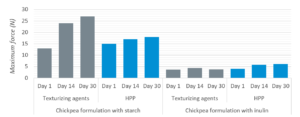
Figure 2 – Changes in instrumental texture: impact of formulation (chickpea protein with corn flour or chicory inulin), texturizing agents, HPP (4000 bar; 3 min), and refrigeration storage time. Adapted from Fernández-Pan, et al. (2013).
Plant-based yogurt
HPP can play a key role in the production of plant-based yogurts. With the rise of veganism and the increasing demand for dairy alternatives, it becomes necessary to develop plant-based yogurts that have appealing textures. A recent study revealed that plant protein gels, when structured under pressure, display viscosity (Figure 3) and viscoelastic properties akin to those of commercial dairy yogurts. The authors propose that the properties of these gels can be modified by blending different plant protein ingredients or by manipulating the pressure level. This adaptability makes HPP an ideal method for structuring plant-based yogurts, as it facilitates texture customization, minimal ingredient usage, and increased protein content.
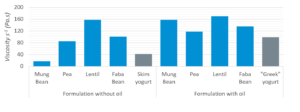
Figure 3 – Comparison of viscosity at 1 s−1 for HPP (6000bar; 5 min) treated 12% protein samples from mung bean, chickpea, pea, lentil, and faba bean, with and without 5% sunflower oil, to commercial plain skim and whole milk Greek yogurt. Adapted from Sim, et al. (2020).
Desserts
Researchers are also investigating the use of HPP in the creation of unique desserts. HPP is instrumental in making the desired consistency and texture in desserts, which enhances their overall sensory appeal. Examples of proof-of-concept products can be found in scientific literature, such as strawberry-flavored egg-white pudding and casein-cocoa pudding. In both instances, HPP was employed to alter the formulation’s structure from a liquid to a gel-like consistency. Furthermore, HPP ensures effective microbiological control and preservation of the nutritional properties of the puddings.
Overall, HPP presents a promising alternative to traditional methods of food texture enhancement. Its ability to alter the structure of macromolecules and induce gelation processes can eliminate the need for additives. Current research highlights its potential in creating innovative products with specific structures. Importantly, HPP increases safety and shelf-life and maintains the nutritional content of foods.
Discover the potential of HPP in enhancing food structure at Hiperbaric’s HPP Innovation Week 2024. The event is set to occur from June 18 to June 20, 2024. The session titled ‘ Exploring new research on innovative HPP applications’ on the first day will explore this exciting topic. Don’t miss this chance to gain insights into the cutting-edge applications of HPP in the food industry. Register now for free access to the event.
